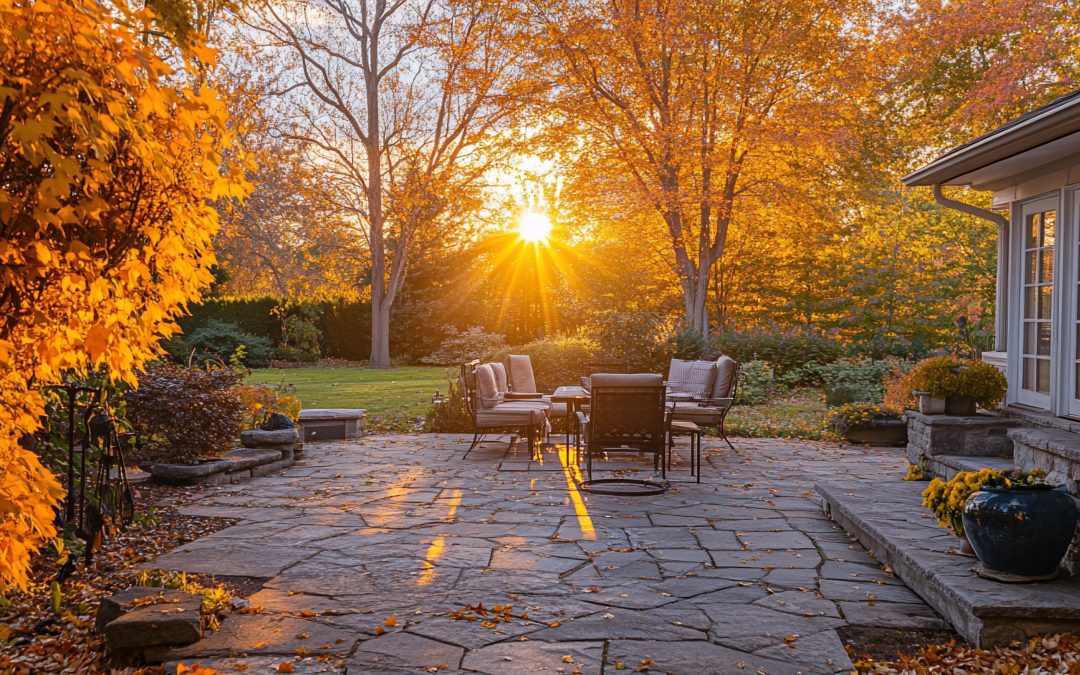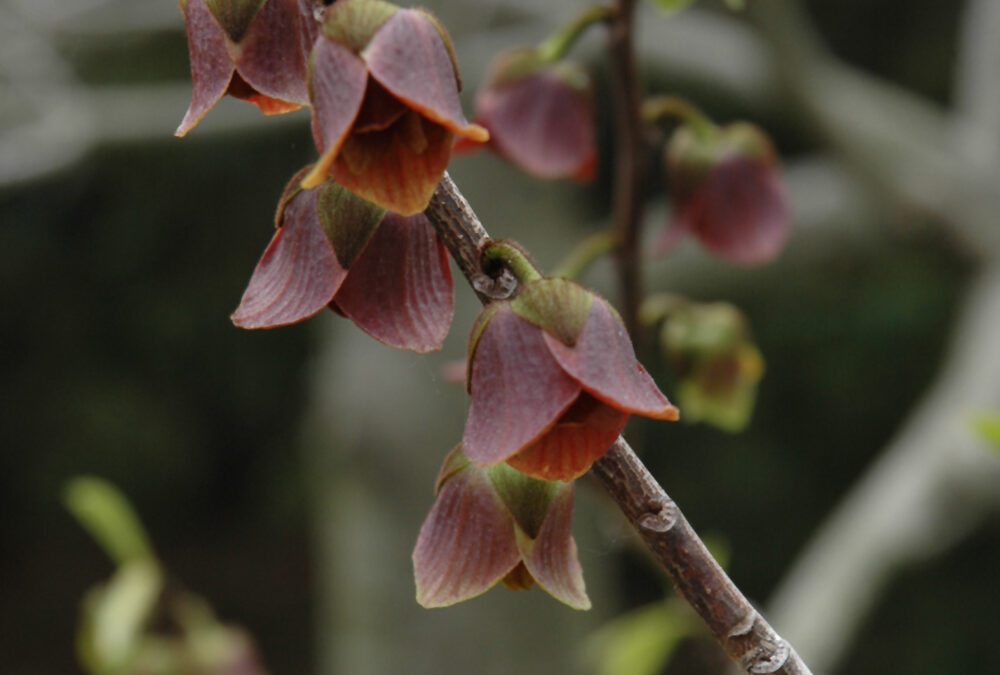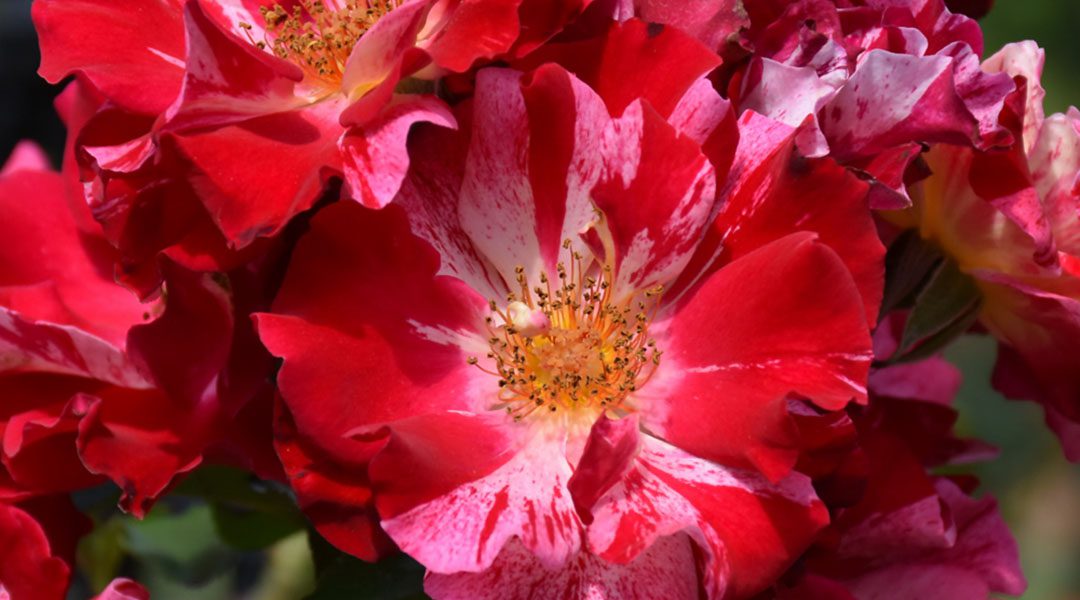What Makes Native Plants a Smart Choice? Native plants are perfectly adapted to Chicagoland’s Zone 5 climate, meaning they thrive with less maintenance. They offer food and shelter for birds, bees,...

Cannova Red Canna
Elevate your garden design with the vivid Cannova Red Canna, featuring striking red blooms edged in golden trim and lush, upright foliage that brings a tropical feel to any setting. This medium-height variety boasts bold color and pollinator appeal while thriving in Chicagoland summers—though winter care is essential in USDA Zone 5.
Zone 5 gardeners must lift and store rhizomes in autumn before the ground freezes. Once frost has killed back the foliage, trim stems to a few inches above soil, carefully dig up and gently brush off excess soil. Cure the rhizomes in a cool, dry spot for a few days. Then wrap and layer them in moist peat moss or slightly damp medium in labeled containers. Store in a cool, dark location (40–50°F), checking periodically for rot and removing any soft specimens. Replant in spring after danger of frost has passed.
Tip: Zone 5 gardeners need to dig the bulbs in autumn and store them in moist peat moss until spring; this technique ensures your Cannova Red Canna returns beautifully each summer.
With its fiery blooms, strong vertical presence, and hummingbird appeal, Cannova Red adds a vibrant tropical accent to gardens where summers bring heat and gardens demand color. Though it requires careful winter storage in Zone 5, the payoff each season is well worth the effort.
Whether planted as a bold container thriller, dramatic border accent, or hummingbird magnet, Cannova Red delivers dependable summer beauty and excitement for Chicagoland gardeners willing to provide its Zone 5 winter care.
Visit our Bloomingdale, IL or Carpentersville, IL stores for local pickup!
More for You

What Makes Native Plants a Smart Choice? Native plants are perfectly adapted to Chicagoland’s Zone 5 climate, meaning they thrive with less maintenance. They offer food and shelter for birds, bees,...

What Is a Common Pawpaw Tree? The Common Pawpaw (Asimina triloba) is a native North American fruit tree known for producing custard-like tropical fruit—right in your own backyard. With flavor notes...

When it comes to adding romance, drama, and vertical beauty to a garden, climbing roses are a timeless choice. With their arching canes and generous blooms, they bring old-world charm to fences,...